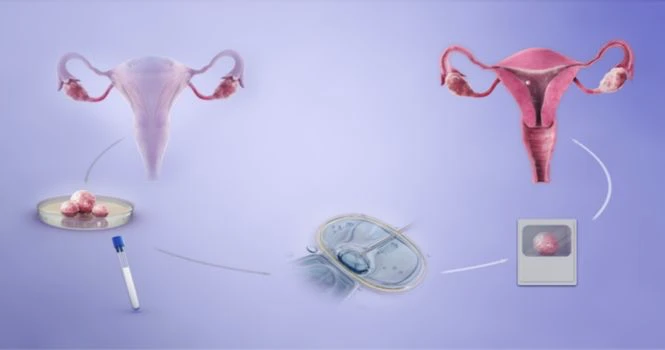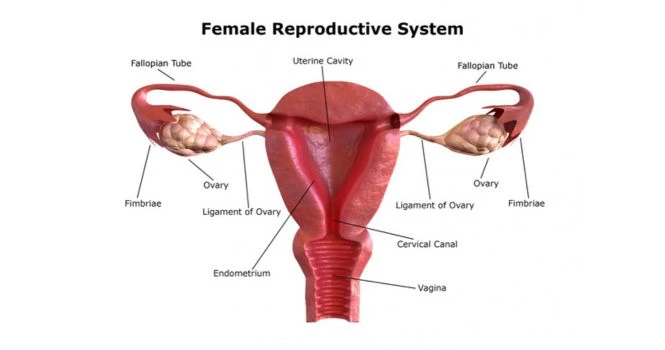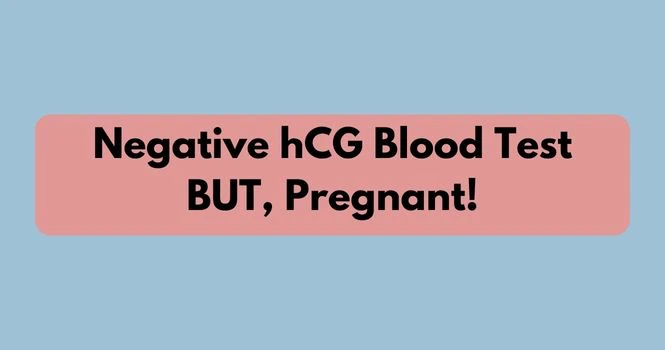
The Global Burden of Infertility
More than 50 million couples throughout the world are reported to be suffering from infertility. Per the World Health Organization, Infertility stands for, “A disease of the reproductive system defined by the failure to achieve a clinical pregnancy after 12 months or more of regular unprotected sexual intercourse”.
Factors such as genetics, infectious diseases, and environmental exposures have all been associated with the risk of infertility. Assisted reproductive technologies can alleviate the burden of infertilityon both individuals as well as families.
What is Assisted Reproductive Technology (ART)?
Assisted reproductive technologies are those treatments and procedures that are intended to achieve pregnancy for those couples who are unable to conceive the natural way. Per the Centers for Disease Control and Prevention, ART includes all fertility treatments in which both eggs and embryos are handled.
ART procedures involve surgically removing eggs from a woman’s ovaries, combining them with the sperm in a laboratory, and returning them to the woman’s body or donating them to another woman.
ART procedures improve thechances of getting pregnantamong couples who suffer from infertility. Those procedures that do not include treatments in which only sperm are handled, (i.e., intrauterine—or artificial-insemination) or those where a woman takes only medicines to stimulate egg production without the intention of having eggs retrieved are not considered ART.
Different kinds of ART procedures include:
- In Vitro Fertilization (IVF),
- Gamete Intrafallopian Transfer (GIFT),
- Pronuclear Stage Tubal Transfer (PROST),
- Tubal Embryo Transfer (TET), and
- Zygote Intrafallopian Transfer (ZIFT).
ART is used to treat infertility in the following patients:
- Women with blocked or damaged fallopian tubes
- Women whose fallopian tubes have been removed
- Male factor infertilitysuch as low sperm count or sperm motility
- Women who fail to get pregnant or stay pregnant or give birth naturally
- Women are who have endometriosis.
- Individuals with genetic conditions or abnormalities
- Those with unexplained infertility.

In-vitro fertilization (IVF) is the main type of Assisted Reproductive technology. This method is all about drawing out a woman’s eggs, fertilizing the eggs in the laboratory, and then transferring the resulting embryos into the woman’s uterus through the cervix. “In vitro” means outside the body and “Fertilization” is the process in which the sperm fuses with the egg.
How to get pregnant via IVF?
IVF involves the following steps:
- Stimulating egg production: Fertility drugs are administered to the woman to boost the production of an egg. While in a normal scenario, a woman produces just one egg per month, these drugs can help produce several eggs. Transvaginal ultrasounds and blood tests are done to examine the ovaries and to monitor the hormone levels.
- Egg retrieval/follicular aspiration: is the process of removing the eggs from the woman’s body. This is done surgically using ultrasound images as a guide. If in case a woman is unable to produce eggs herself, donated eggs might be used.
- Insemination & Fertilization: The best quality eggs and sperms are placed together and made to mix (artificial insemination). Fertilization occurs when the sperm enters an egg after insemination. If the chances of fertilization are low, the doctors inject the sperm directly into the egg by a process called intracytoplasmic sperm injection.
- Embryo culture: The fertilized egg divides and becomes an embryo. The laboratory specialists will be regularly monitoring the embryo to ensure that it grows properly.
- Embryo Transfer: After 3-5 days, the embryo is transferred into the woman’s uterus using a catheter via the cervix. When the embryo sticks to the lining of the uterus and starts growing, it results in pregnancy.
What are the possible side effects of IVF?
- Mild Cramping
- Mild bloating
- Constipation
- Breast tenderness
- Passing a small amount of clear or bloody fluid
What is the Cost of IVF?
Despite being developed more than three decades ago, the cost of IVF treatment remains high. The average cost of IVF treatment in India is about 2.5 -4.5 Lakhs for a single cycle of IVF. The high cost of this treatment remains the main barrier which prevents many people from being benefited from this technology.
The chances of achieving pregnancy after IVF depend on the following factors:
- Maternal age- The younger, the better
- Embryo status- Well developed embryos have better chances of success compared the less developed ones
- Reproductive history- Those who have been pregnant previously carrying a higher chance of getting pregnant
- Cause of Infertility- Those with unexplained infertilityare more likely to get pregnant than those with endometriosis
- Lifestyle factors- Women with smoking habits tend to miscarry.
The following individuals are unlikely to get benefitted from IVF treatment:
- Women whose ovaries do not produce healthy eggs and are not willing to get a donor
- Women above the age of 37
- Those with health conditions like fibroid tumors, etc
- Women with abnormal hormone levels, uterine abnormalities or ovarian dysfunction













